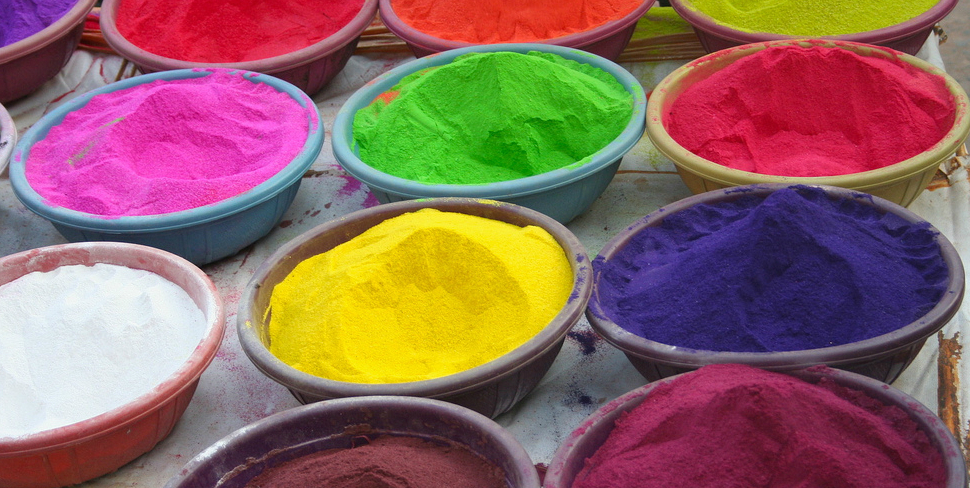
Logotypes are the summation of a brand’s essence. We make judgements about a brand or company based on what we perceive is being communicated by its logotype. They can be literal representations of a brand’s function, or analogous iconography used to represent feelings and emotions the brand aspires to.
When producing an effective logo, there are several things to keep in mind. To quote genius every-man Leonardo Da Vinci, “Simplicity is the ultimate form of sophistication.” Logotype designers should adhere to this maxim; the less is more approach ensures a concise message is not diluted with extraneous information.
One element of logotype design that can cloud or weaken an effective communication is the lack of forethought regarding colour. One of my university lecturers used to reiterate that ‘if a logo doesn’t work in one colour, it doesn’t work’. Using several colours in a logo isn’t an issue, just make sure that once converted to mono all elements of the logo still work.
Ensuring your logotype can communicate via one simple colour will mean you never have to make hard decisions down the track; like how to convert that client’s multi-colour logotype into various shades of smudgy grey for a mono colour application.
Here’s some examples of dynamic logotyping we did for Leading Age Services Australia (LASA).
Also read this article entitled “Dynamic logotyping and the future of visual identity.”

